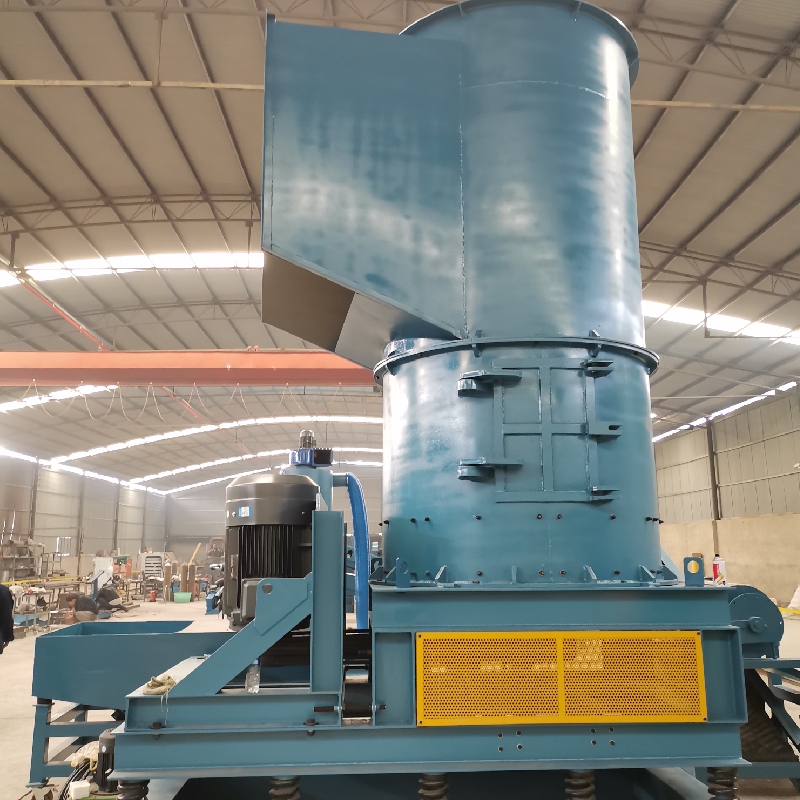
Nov . 06, 2025 14:20 Back to list
If you’ve ever wondered what happens after you drop a phone or fridge into an Electronic Recycling Bin, here’s the unvarnished truth: the magic is downstream. Behind every tidy collection point there’s an industrial backbone—shredders, sorters, refrigerant extraction rigs—that either make or break environmental outcomes. I’ve toured a few sites; some are loud and dusty, others are almost surgical. The difference is process control.

Origin: Dafu Village, Qingyuan Town, Qingyuan District, Baoding City, Hebei Province. This plant handles PCB boards, refrigerators, air conditioners, and more. When fridges/ACs arrive, operators first extract fluorine, remove compressors, and take out motors containing refrigerants—safety before speed, always.
| Specification | Typical Value (≈, real-world use may vary) |
|---|---|
| Throughput | 2–5 t/h mixed e-waste; 50–120 units/h refrigerators |
| Power Load | 180–320 kW total connected |
| Modules | Defluorination, compressor/motor removal, primary shredder, magnetic & eddy-current separation, dust capture, optical sorting |
| Dust Emissions | ≤10 mg/Nm³ with negative-pressure + filters |
| Noise | ≤85 dB(A) at 1 m with enclosures |
| Service Life | ≈8–12 years with scheduled wear-part changes |
| Control System | PLC + HMI, alarm interlocks, recipe modes |
| Compliance Targets | EN 50625, ISO 14001, R2v3/e‑Stewards (site dependent) |
Materials arrive from municipal Electronic Recycling Bin programs, retailers, and take-back drives. Pre-treatment removes compressors and recovers refrigerants under closed-loop capture. Then: controlled shredding (shear + low-spark design), ferrous separation (high-gauss magnets), non-ferrous recovery (eddy-current), plastics segregation (optical/NIR), and PCB concentration. Air is kept under negative pressure; VOCs and dust go through filters plus activated carbon. Testing follows EN 50625 guidance, with weekly refrigerant loss audits and mass-balance reports. In practice, metal purity hits ≈97–99% and plastics 90–96% depending on feedstock.

Field note: In northern China, one site reported a 14% increase in copper recovery after tuning its eddy-current frequency and belt speed. Small tweaks, big dividends.
Choices include rotor knives for fragile PCBs, extra NIR lanes for ABS/PP sorting, refrigerant analytics (F-gas quantification), and remote dashboards. Some clients add UL 508A panels for North American deployments—wise, frankly, for inspections.
| Vendor | Core Tech | Capacity (≈) | Certs/Standards | Strength |
|---|---|---|---|---|
| OW Recycling | Defluorination + multi-stage separation | 2–5 t/h | EN 50625, ISO 14001 (site), R2v3-ready | Balanced capex, strong fridge/AC line |
| GreenCycle Tech | High-gauss magnetic + optical AI | 1–3 t/h | ISO 9001/14001 | AI sorting for small fractions |
| GlobalScrap Systems | Heavy-duty shredding + eddy-current | 3–8 t/h | CE, UL panels (option) | High throughput lines |
Plants targeting best practice typically align with EN 50625 treatment standards, ISO 14001 environmental management, and either R2v3 or e‑Stewards for downstream controls. Test data I’ve seen from recent trials: metal purity 98.2% (avg, n=6 runs), plastics cross-contamination 4.1%, refrigerant capture >99% mass-balance—solid numbers, to be honest.
“Startup was faster than expected; dust readings stayed below 8 mg/Nm³.” Another buyer mentioned they “trimmed manual picking by ~30% after adding the NIR lane.” It seems that maintenance planning is the make-or-break—swap wear parts on schedule and uptime stays boring (which is good).
Case in point: A retailer-backed program fed mixed fridges from city Electronic Recycling Bin drop-offs. After compressor removal and fluorine capture, the line recovered ≈92% material by weight, with verified F‑gas destruction via a licensed facility. Regulators were, surprisingly, pleased with the documentation trail.
Latest news
Double Shaft Shredder Price Explained: Global Trends, Benefits & Vendor Comparisons
NewsNov.24,2025
Expert Insights into Double Shaft Shredder Factory: Boosting Global Recycling Efficiency
NewsNov.23,2025
Leading Double Shaft Shredder Suppliers for Industrial Recycling and Waste Management
NewsNov.23,2025
Leading Double Shaft Shredder Manufacturers | Durable & Sustainable Industrial Shredders
NewsNov.23,2025
Understanding Double Shaft Shredder Machine Price: Buyers’ Guide & Global Insights
NewsNov.22,2025
The Essential Guide to Double Shaft Shredders: Benefits, Applications & Trends
NewsNov.22,2025